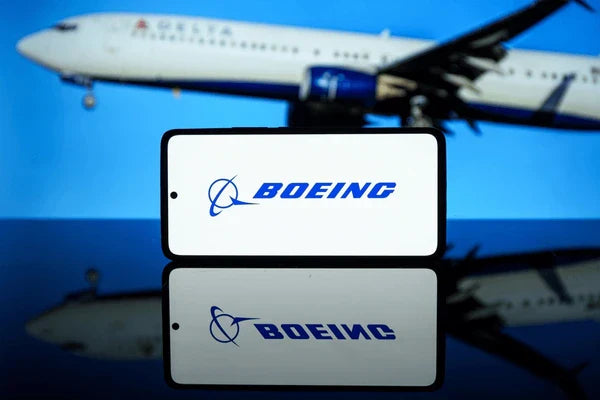
ERP Gold: How Boeing Uses SAP to Build Jets (and What Happens When It Doesn’t Work)
Introduction: Jets, Data, and the Power of Process
Modern aerospace isn’t just built in factories; it’s built in databases.
Behind every Boeing aircraft, from the 737 to the 787 Dreamliner, is a vast digital infrastructure. At its core is SAP ERP, coordinating the global assembly of tens of thousands of components, thousands of suppliers, and intricate production workflows.
Boeing’s SAP deployment is one of the most complex ERP implementations in the world. When it works, it powers precision, compliance, and innovation. When it doesn’t, the consequences are public, expensive, and often operationally paralyzing.
This case offers valuable insight into how Boeing’s ERP ecosystem fuels aerospace manufacturing and why maintaining alignment between systems and operations is mission-critical.
How Boeing Uses SAP ERP
Boeing adopted SAP to standardize and synchronize operations across its entire value chain, including:
- Aircraft manufacturing and final assembly
- Global parts sourcing and supplier coordination
- Inventory and warehouse logistics
- Finance, HR, and procurement
- Maintenance and lifecycle tracking of assets
With each commercial jet involving millions of individual parts, ERP is essential for real-time control, traceability, and regulatory compliance.
“If one part isn’t where it’s supposed to be, a $100 million plane doesn’t move forward.” — Aerospace Supply Chain Executive
When ERP Falters: Boeing’s Painful Lessons
Even with one of the most advanced ERP environments in manufacturing, Boeing has experienced significant disruptions tied to ERP misalignment, misconfigurations, or under-integration.
787 Dreamliner Delays
The Dreamliner program suffered years of delays in part due to supply chain coordination issues, where ERP struggled to align outsourced manufacturing and global component tracking.
Assembly Line Bottlenecks (2020)
Internal reports revealed that SAP misconfigurations contributed to parts delivery delays, impacting Boeing’s ability to meet delivery deadlines across multiple production lines.
Supplier Visibility Gaps
Tier 1 and Tier 2 suppliers often struggled with full ERP integration. The result: blind spots in parts availability, late-stage rework, and disruption in just-in-time assembly schedules.
Why ERP Is Critical in Aerospace Manufacturing
✅ Precision and Compliance
Every component must be tracked, certified, and correctly installed with audit ability baked into every transaction. SAP provides the digital paper trail that meets FAA and global compliance standards.
✅ Global Coordination
Boeing sources parts from dozens of countries, yet final assembly must be seamless. ERP acts as the central nervous system, managing scheduling, shipments, and quality controls.
✅ Real-Time Operational Intelligence
Whether it’s rescheduling a delivery, flagging a defective part, or reallocating labor, Boeing relies on ERP for data-driven decisions in real time, not after the fact.
Lessons from Boeing’s ERP at Scale
✅ Custom ERP ≠ Set-and-Forget
Even robust platforms like SAP require continuous tuning and governance. Boeing’s global complexity demands constant ERP optimization.
✅ Integration Is Non-Negotiable
ERP must extend beyond your four walls. Supplier systems, logistics providers, and subcontractors must feed into the same real-time environment.
✅ Delays in Data = Delays in Delivery
Outdated or inaccessible data slows production. In an industry where time equals millions, ERP latency is not an option.
✅ Governance is as Important as Code
Boeing’s ongoing refinements reflect that ERP strategy is not just IT’s job, it’s a cross-functional imperative involving operations, engineering, and finance.
Why This Story Matters Beyond Aerospace
You may not be building aircraft, but if your business involves supply chains, compliance, production, or high-stakes service delivery, the principles are the same.
ERP is not just software it’s infrastructure for performance and accountability. Boeing’s experience highlights both the potential and the fragility of these systems at scale.
“The bigger your operations, the more vital ERP becomes; not as a tool, but as a foundation.”
Need ERP that can scale with your operations?
→ Join The Community
Final Thought
Boeing doesn’t build jets without SAP and they don’t keep production on schedule without ERP alignment across systems, suppliers, and processes.
Even with decades of expertise, Boeing still faces ERP challenges, proving that digital infrastructure requires constant oversight, not one-time implementation.
No matter your industry, the message is clear:
If your backend breaks, so does your business.
